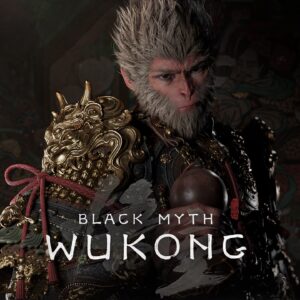A Shocking Reveal: Nintendo of America Once Proposed a “Huge-Breasted” Pikachu for the US
Popular Now
 League of Legends
League of Legends
 Stumble Guys
Stumble Guys
 Sonic the Hedgehog™ Classic
Sonic the Hedgehog™ Classic
 Call of Duty
Call of Duty
 CarX Street
CarX Street
 FIFA 23
FIFA 23
 Counter-Strike 2
Counter-Strike 2
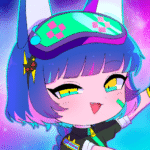 Gacha Club
Gacha Club
 Warframe
Warframe
 Schedule I
Schedule I
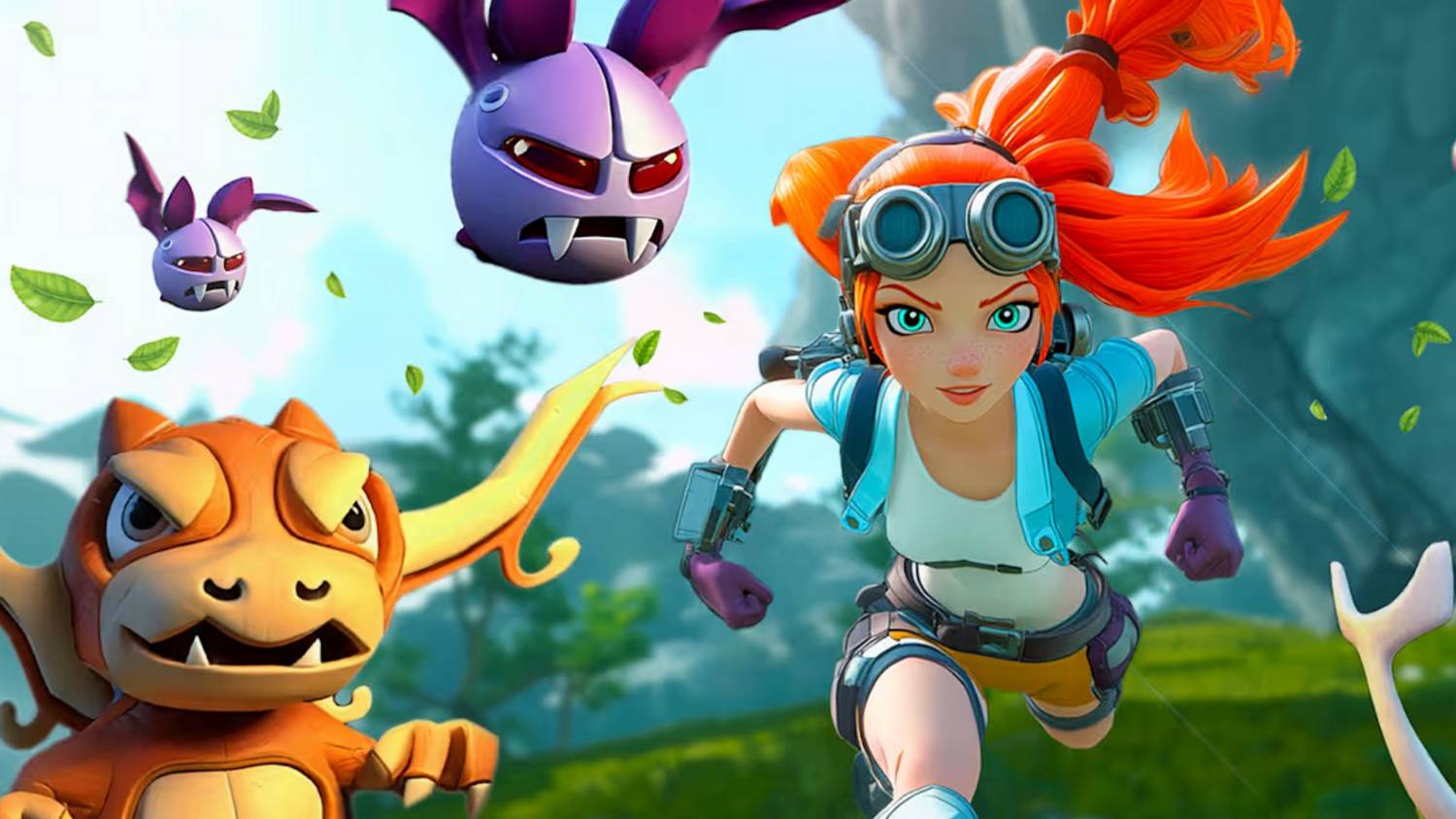 For nearly three decades, Pokémon fans have been enchanted by the adorable, electric-mouse mascot, Pikachu. Its simple, cute design has made it a global icon and the undisputed face of the franchise. However, a recently unearthed and translated interview with The Pokémon Company CEO, Tsunekazu Ishihara, has confirmed a shocking and bizarre piece of gaming history. When the franchise was first pitched to Nintendo of America for localization, the American staff thought the characters were “too cute” and proposed a series of alternate designs, including a Pikachu with “huge breasts.” Ishihara’s quote, “I won’t show those illustrations to anyone as long as I live,” has become an instant, and understandable, viral sensation.
For nearly three decades, Pokémon fans have been enchanted by the adorable, electric-mouse mascot, Pikachu. Its simple, cute design has made it a global icon and the undisputed face of the franchise. However, a recently unearthed and translated interview with The Pokémon Company CEO, Tsunekazu Ishihara, has confirmed a shocking and bizarre piece of gaming history. When the franchise was first pitched to Nintendo of America for localization, the American staff thought the characters were “too cute” and proposed a series of alternate designs, including a Pikachu with “huge breasts.” Ishihara’s quote, “I won’t show those illustrations to anyone as long as I live,” has become an instant, and understandable, viral sensation.
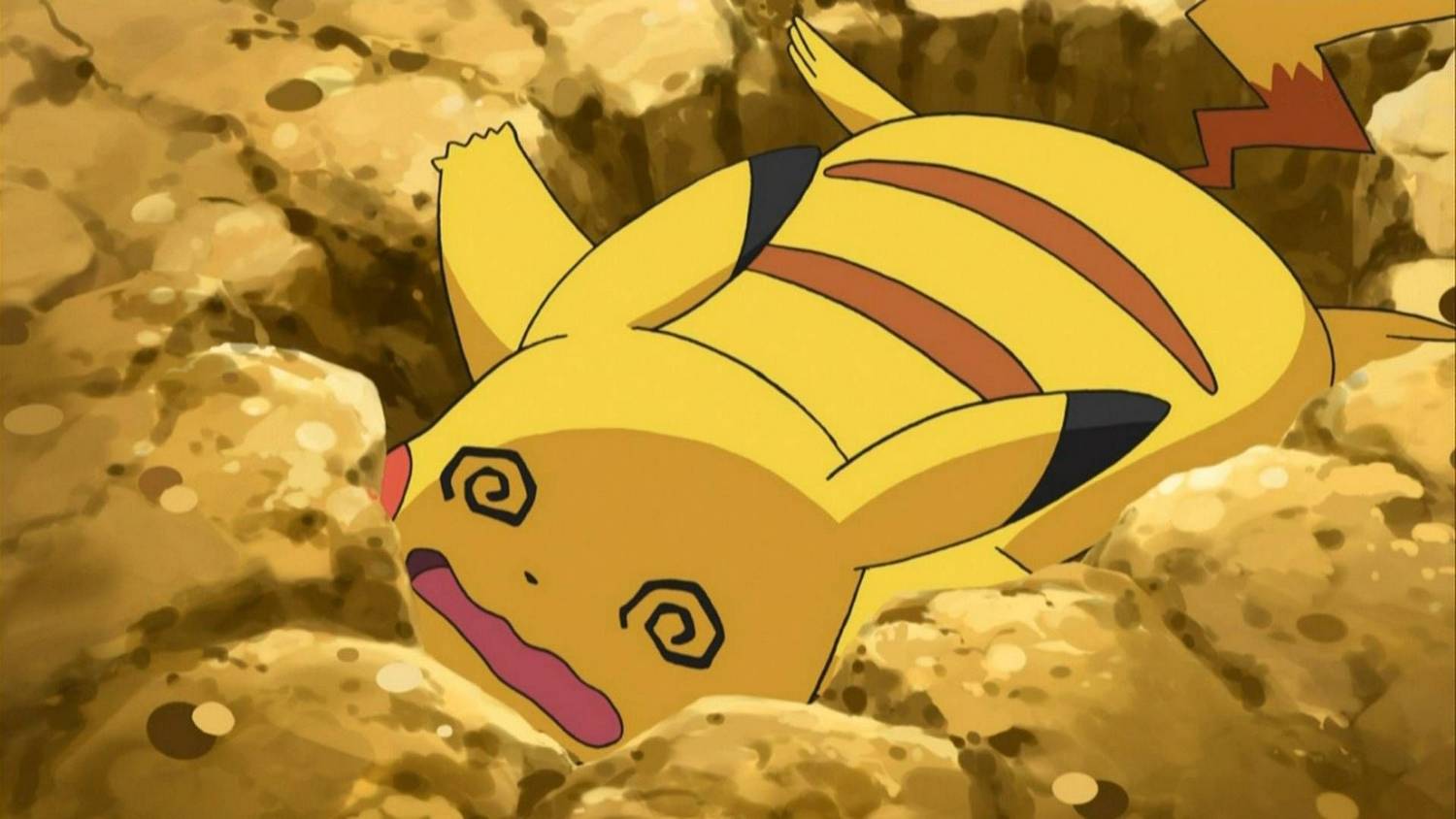 “Too Cute” and a Culture Clash
“Too Cute” and a Culture Clash
The story, which has circulated as an unconfirmed rumor for years, stems from an old interview with Ishihara from around the release of Pokémon Gold and Silver. In the interview, which was recently translated by a Japanese media outlet, Ishihara recalls the initial meetings with Nintendo of America staff. He states that the American team, in an effort to make the “Pocket Monsters” seem more like, well, monsters, felt that the original Japanese designs were “too cute.” This was a major point of cultural difference, as the Japanese developers had intentionally designed the Pokémon to be a mix of both cute and powerful creatures. To rectify this perceived problem, the American staff offered up their own, radically different designs.
The most infamous of these redesigns was for Pikachu. Ishihara described the new design as “a character shaped like a kind of a tabby cat with huge breasts.” This description alone is absurd enough, but the most important detail comes from the interviewer’s follow-up question. The interviewer asked if the design looked similar to the highly sexualized cosplay of Pikachu often seen at anime conventions. Ishihara replied, “Yes, exactly, they presented that kind of design to us for real.” This exchange confirms that the phrase was not a mistranslation or a misunderstanding of a “muscular chest,” but was a genuine, and frankly baffling, creative direction from Nintendo of America’s localization team at the time.
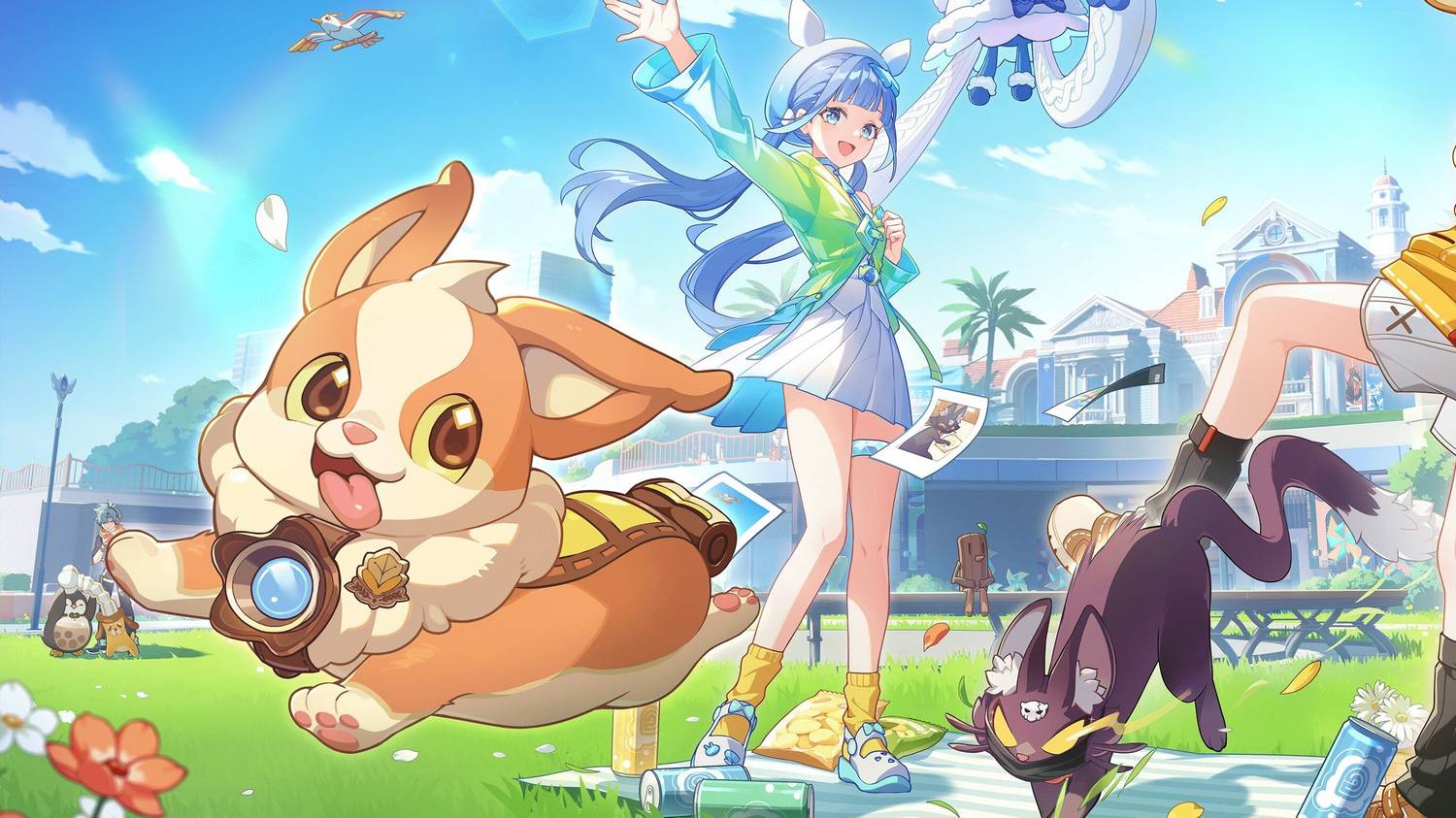 The Great Localization Debate and the Power of the Original
The Great Localization Debate and the Power of the Original
This revelation is a powerful example of the historical clash between Japanese and American localization practices. In the 1990s, it was common for American publishers to believe that Japanese games and media needed to be “Westernized” to succeed in the US market. The belief was that American audiences wouldn’t respond to the unique, often more subdued, aesthetics of Japanese design. The Pokémon case is a perfect illustration of this mindset. Fortunately for millions of fans, the original creators, led by the late Nintendo president Satoru Iwata, stood firm. Iwata famously argued that if there was no example of a cute design succeeding in America, that was all the more reason to try it. He correctly believed that the unique and unconventional nature of Pokémon was its strength, not a weakness.
The success of the franchise as a global, multi-billion-dollar empire is a resounding vindication of that decision. It proves that good design, regardless of its origin, can find a massive audience. It’s a testament to the power of the original concept and a cautionary tale about the dangers of trying to fit a creative work into a pre-conceived cultural box. It also gives us a truly wild “what if” scenario: what would the world look like if Pikachu, the face of the franchise, had been an anthropomorphized, huge-breasted cat? The thought alone is enough to send a shiver down the spine of any fan.
Conclusion: The Legacy of a Very Wise Decision
The story of the “huge-breasted Pikachu” is more than just a funny anecdote; it’s a testament to the visionary minds that fought to keep the franchise’s original identity intact. While we will likely never see the “traumatic” illustrations that were presented to Ishihara, their very existence serves as a powerful reminder of how close Pokémon came to being a very different, and likely far less successful, franchise. For fans today, the news is both a source of horrified amusement and a reason to be even more grateful for the beloved, round, and perfectly normal Pikachu we know and love. It’s a historical footnote that reminds us that sometimes, the best creative decision is to simply let a good idea be itself, and nothing more.







